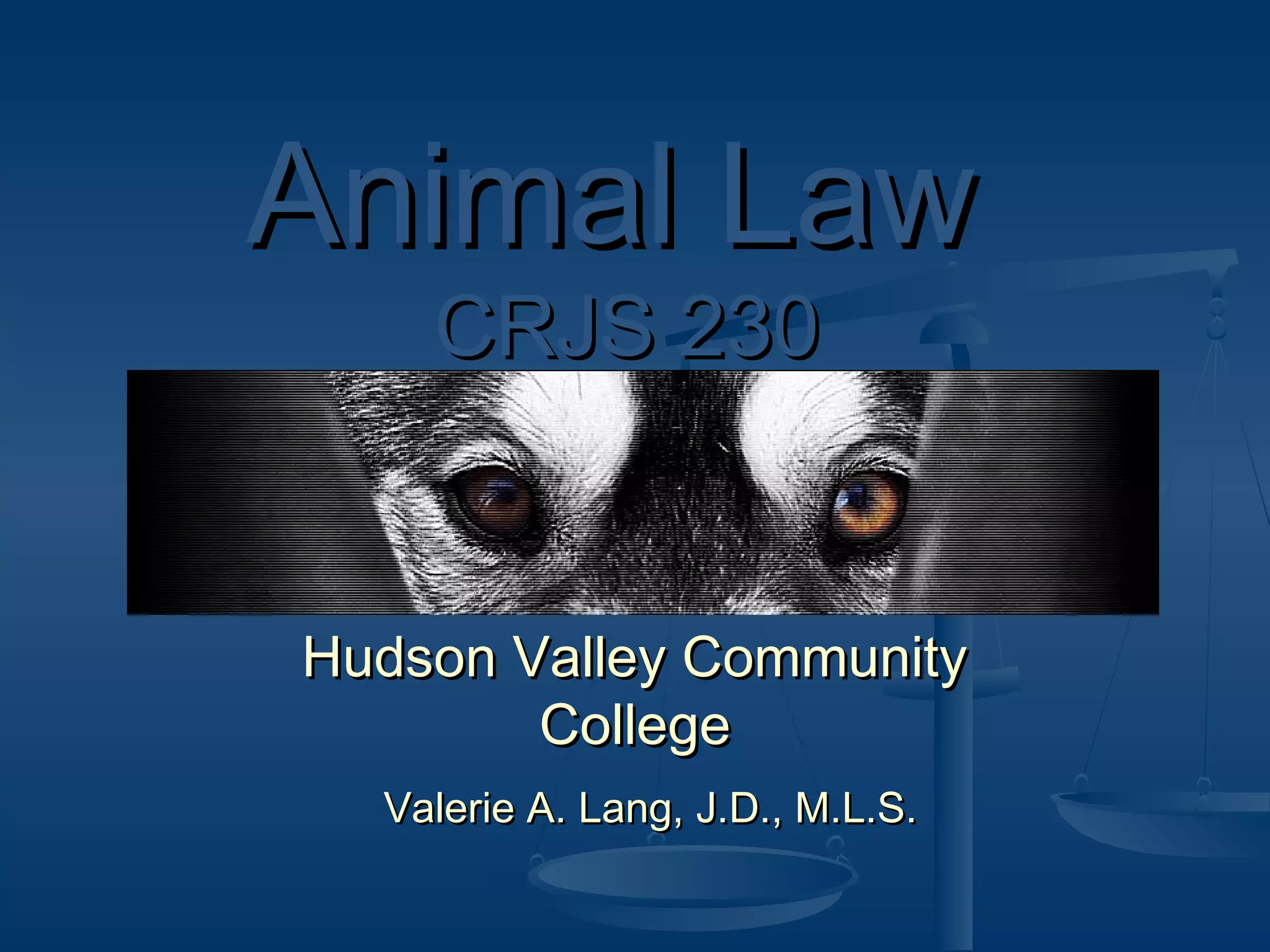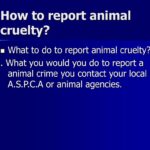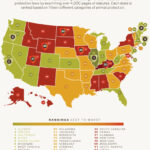When discussing animal welfare, the focus often gravitates towards larger, more charismatic creatures such as cats and dogs. However, the realm of animal protection encompasses a diverse array of species, including hamsters, guinea pigs, and other small pets that often dwindle in the shadows of public empathy. It begs the question: do New York State’s animal cruelty laws offer adequate protection for these smaller inhabitants of our homes? The answer lies intricately woven within the legal fabrics of animal welfare, societal values, and the significance we place on the lives of all sentient beings.
In New York State, the law delineates clear definitions of animal cruelty, both in terms of neglect and intentional harm. Section 353 of the New York Agriculture and Markets Law proscribes a broad spectrum of abusive behaviors, which includes both overt acts of cruelty, such as physical violence, and acts of neglect, which can manifest as failure to provide sufficient care, food, or veterinary treatment. The law does not restrict its protective umbrella only to “companion animals” as typically defined; it extends its reach to all animals, including those that may be tethered in cages or enclosures, seemingly removed from human scrutiny.
Despite this inclusive legal framework, complications arise in the practical enforcement of such laws. Many small pets, like hamsters, are often deemed less worthy of consideration due to their size and perceived lack of emotional depth. The anthropocentric viewpoint that larger animals exhibit more complex emotional states overlooks the nuances of animal sentience discovered through scientific inquiry. Research has increasingly shown that creatures like hamsters possess unique behaviors and social structures that are deserving of protection and respect.
So, do New York State animal cruelty laws effectively encompass these small pets? The straightforward answer hinges on the application of existing statutes and the willingness of law enforcement agencies to act on violators. Textually, the laws enable intervention in cases of outright cruelty or neglect. Practically, however, the implementation can falter. This is where public awareness becomes a critical factor—a collective societal shift toward recognizing the intrinsic value of all animals, regardless of their size, is essential for fostering accountability among pet owners.
To illustrate, let us examine a scenario where a hamster is left in a dilapidated cage, devoid of food, water, or proper environmental enrichment. Legally, such neglect could prompt an investigation under New York’s animal cruelty statutes. However, unless the situation garners media attention or public outcry, the likelihood of a response diminishes significantly. Advocating for the welfare of these small creatures requires a robust support structure that involves not only legislation but also education and community engagement.
Moreover, consumer behavior plays a pivotal role in shaping animal protection policies. The surge in popularity of small pets has been accompanied by an increased demand for responsible breeding practices and humane treatment standards. The establishments that cater to pet owners—pet stores, breeders, and shelters—must prioritize education about the needs and care of small animals. Informed consumers are increasingly advocating for humane treatment, supporting businesses that uphold ethical standards over those that perpetuate neglect or exploitation.
Furthermore, local animal shelters and rescue organizations have an integral part to play in promoting the humane treatment of small pets. Initiatives that focus on the rehabilitation and rehoming of small animals can foster a newfound appreciation for their welfare. Hosting workshops, offering veterinary assistance, and providing guidance on proper care are vital components of nurturing empathy in the community. Enhanced visibility for small pets within these contexts helps to shift the paradigm from indifference to compassionate responsibility.
The role of animal advocacy groups cannot be understated. By lobbying for clearer definitions and applications of animal cruelty laws to incorporate small pets, these organizations have the power to influence legislative change. This includes raising consciousness among lawmakers to ensure that all species—regardless of their size—are duly considered in welfare protections. Strengthening laws to encompass specific regulations governing the care and treatment of small pets could be a significant advancement in safeguarding their welfare.
In conclusion, New York State’s animal cruelty laws are not only applicable to larger companion animals but extend to hamsters and other small pets as well. However, effective enforcement remains contingent upon public awareness and engagement. By fostering empathy and responsibility towards all creatures, we can create a societal shift that recognizes the intrinsic value of every life, regardless of size or species. As advocates for animal welfare, it is our duty to ensure that small pets are afforded the same protections under the law as their larger counterparts, paving the way for a more humane society that acknowledges and champions the rights of all animals. The journey toward comprehensive protection may be long, but with concerted effort and a commitment to change, we can transform the landscape of animal welfare in New York and beyond.








